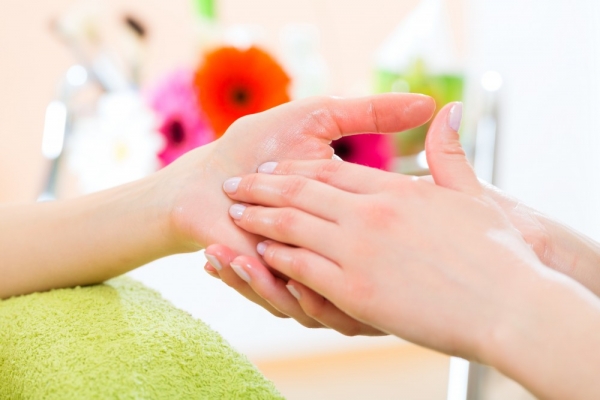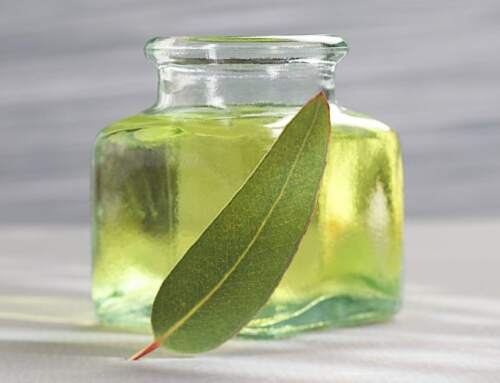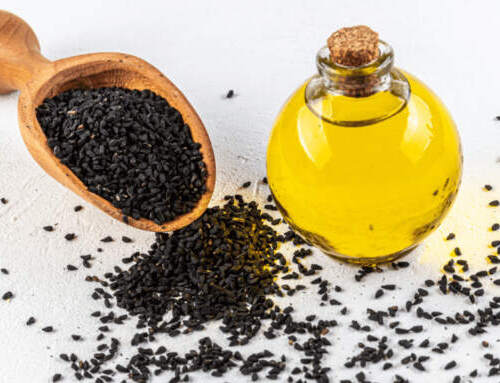Dupuytren’s Contracture Treatment, Causes and Symptoms
If your fingers have started curling toward your palm and won’t straighten fully, you may be experiencing Dupuytren’s contracture. It’s one of those conditions that sneaks up slowly — a tightness here, a lump there — until one day, you can’t lay your hand flat.
Most people assume surgery is the only fix. It’s not. In fact, there are several ways to manage and treat Dupuytren’s contracture, and massage therapy plays a more important role than most realize.
Before we get into treatment options, let’s look at what’s actually happening beneath the skin.
What is Dupuytren’s Contracture?
Dupuytren’s contracture is a hand condition that affects the connective tissue — specifically the fascia — right under your skin. Over time, this tissue thickens and tightens, pulling one or more fingers inward toward the palm.
It doesn’t usually cause pain at first. That’s the tricky part. The earliest signs might just feel like a small, firm nodule in your palm or a faint cord forming along a finger. You might even ignore it at first. But as it develops, daily tasks — like shaking hands, typing, or putting your hand in your pocket — start to get awkward.
This condition typically progresses slowly, and the degree of stiffness or deformity varies from person to person. While genetics and age play a role, lifestyle and repetitive hand strain can also contribute to its development.
Symptoms of Dupuytren’s Contracture
Dupuytren’s contracture doesn’t usually announce itself with pain. It’s sneaky. You might first notice a little bump in your palm that feels hard, almost like a small pea under the skin. At first, it’s easy to ignore.
Then the cords start forming. These rope-like bands pull your fingers inward — usually the ring and pinky first. You might catch yourself pressing your hand flat against the table and realizing one or two fingers just… won’t cooperate.
Other signs can include:
Tightness in the palm
Difficulty gripping objects or straightening fingers
Dimpling or puckering of the skin on the palm
Nodules that feel firm or rubbery
A gradual loss of range of motion
Most people don’t feel much pain. The real problem is restriction — the way your hand stops responding the way it used to. Everyday tasks, like washing your face or shaking hands, start to feel frustratingly foreign.
Massage can help here, even before the condition becomes advanced. Regular work on the palm and forearm muscles keeps tissues more pliable, encourages circulation, and helps delay that stiff, fibrous buildup that limits motion.
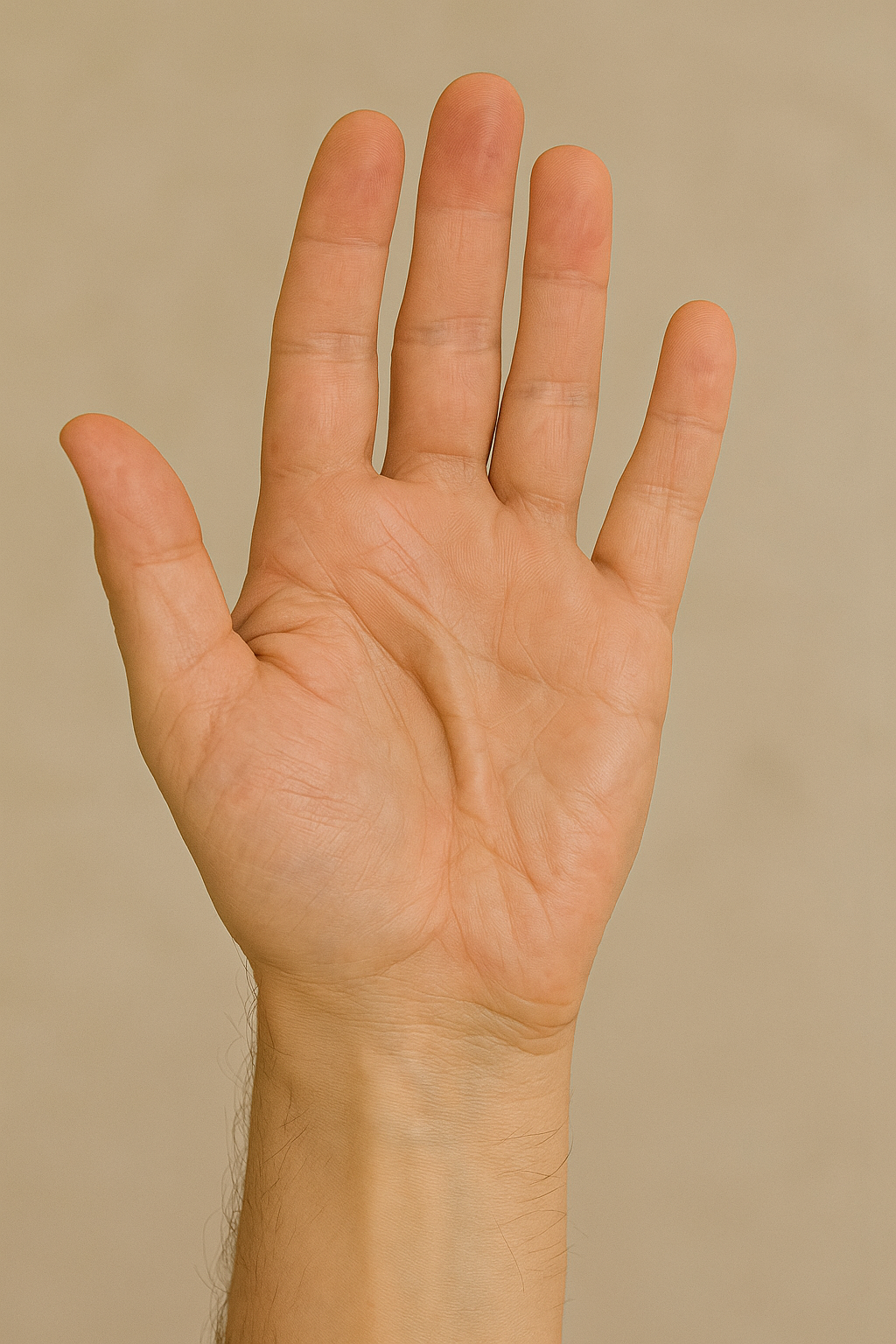
Causes of Dupuytren’s Contracture
The exact cause of Dupuytren’s contracture isn’t fully understood, but we know it’s not random. It often runs in families — especially among people of Northern European descent. That’s why it’s sometimes nicknamed “Viking disease.”
It’s thought to involve an abnormal thickening of the fascia, the connective tissue under your skin. Normally, this tissue helps your hand move smoothly. But with Dupuytren’s, it starts producing too much collagen. The extra fibers clump together, forming those tight cords that pull your fingers down.
Risk factors stack up over time:
Genetics — If your parents or grandparents had it, your odds go up.
Age — Most cases show up after 50.
Sex — Men are more likely to develop it (and at a younger age).
Lifestyle — Smoking, drinking, and repetitive hand strain might speed things along.
Health conditions — Diabetes, liver disease, and even certain seizure medications can play a part.
But here’s something rarely discussed: tension patterns in the forearm and hand can make things worse. When muscles stay tight, blood flow slows, fascia thickens faster, and inflammation can settle in.
That’s where massage therapy starts to matter — not as a miracle cure, but as a way to interrupt that tightening cycle before it fully sets in.
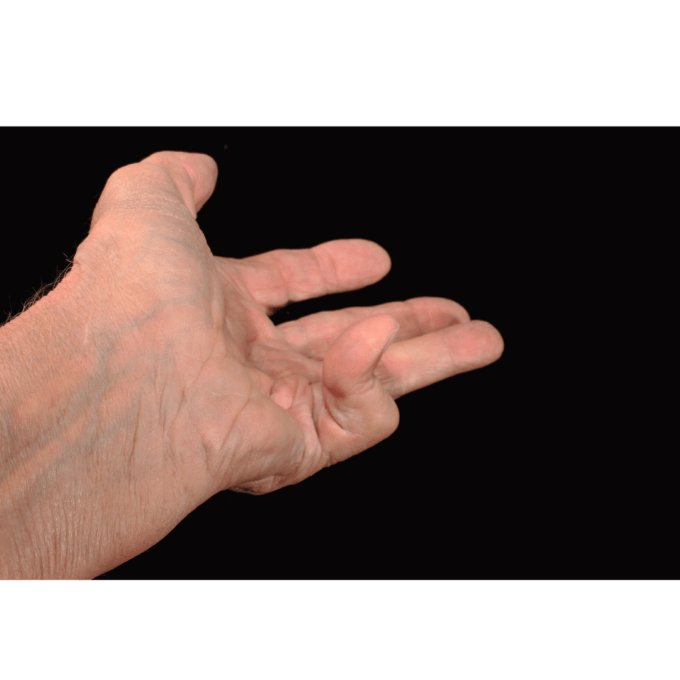
Dupuytren’s Contracture Treatment
There’s no single fix for Dupuytren’s contracture. The right treatment depends on how advanced it is and how much it’s affecting your daily life. Some people never need surgery. Others might need more direct intervention.
The goal of any treatment is simple — to loosen the tightened tissue, restore finger extension, and improve hand function.
Common treatment options include:
Enzyme injections (Collagenase Clostridium Histolyticum): These break down the thickened collagen cords so the fingers can straighten.
Needle aponeurotomy: A minimally invasive technique where a fine needle releases the constricted tissue.
Surgery (Fasciectomy): For more severe cases, surgeons remove the affected tissue entirely.
Physical and occupational therapy: Essential post-procedure to keep the hand flexible and prevent recurrence.
But let’s talk about massage therapy — one of the most underutilized treatments for Dupuytren’s contracture.
Massage doesn’t dissolve the cords, but it does work in powerful ways:
It increases blood flow, bringing oxygen and nutrients to starved tissues.
It softens fibrotic tissue, improving elasticity in the palm and forearm.
It helps break up adhesions and keeps scar tissue from tightening post-surgery.
It reduces pain, tension, and inflammation around the hand and wrist.
It improves range of motion when paired with stretching and movement therapy.
Specialized techniques — like myofascial release, deep transverse friction, and gentle stretching — can make a real difference when used consistently. Even five minutes a day of at-home massage with a soft ball or warm oil can help maintain flexibility between sessions.
In many cases, combining massage therapy with medical treatment gives the best outcome. Think of it as a partnership: medicine addresses the cords; massage maintains the freedom of movement.
Prevention and Long-Term Management
Once Dupuytren’s contracture starts, it’s tricky to stop entirely — but slowing it down is absolutely possible. Prevention, in this case, means maintenance. Keeping the hand supple. Managing inflammation. Staying ahead of tightness before it takes hold.
That’s where consistent care comes in.
Massage therapy should be part of that care plan — not a one-off thing. Regular sessions can improve flexibility and circulation long-term, which helps delay the progression of tissue thickening. Your massage therapist can also spot early changes before they turn into full-blown cords.
Between appointments, simple daily habits go a long way:
- Stretch your fingers wide and hold for ten seconds several times a day.
- Use a stress ball or therapy putty to maintain grip strength.
- Apply gentle self-massage to the palm and forearm using warm oil.
- Keep your hands warm — cold stiffens tissue, heat relaxes it.
- Avoid long periods of gripping or vibration (like with tools or steering wheels).
If you’ve already had surgery or injections, massage and stretching become even more critical. They help prevent scar tissue from re-tightening and support smoother recovery.
And while Dupuytren’s contracture can’t always be “cured,” it can be managed — well. With a combination of medical care, consistent massage therapy, and mindful movement, you can keep your hands functional and your quality of life high.
Take Control of Your Hand Health
Dupuytren’s contracture doesn’t have to control your hands — or your life. With the right mix of medical guidance and consistent bodywork, you can slow its progress and keep doing what you love.
At Body Ache Escape Wellness Center, our licensed massage therapists understand the unique challenges of this condition. We focus on improving flexibility, softening tight fascia, and helping you regain strength and confidence in your grip.
If you’ve noticed stiffness in your palm or fingers that won’t straighten fully, now’s the time to act. Schedule a massage focused on Dupuytren’s contracture treatment and start improving mobility before it worsens.
Your hands deserve that kind of care.
